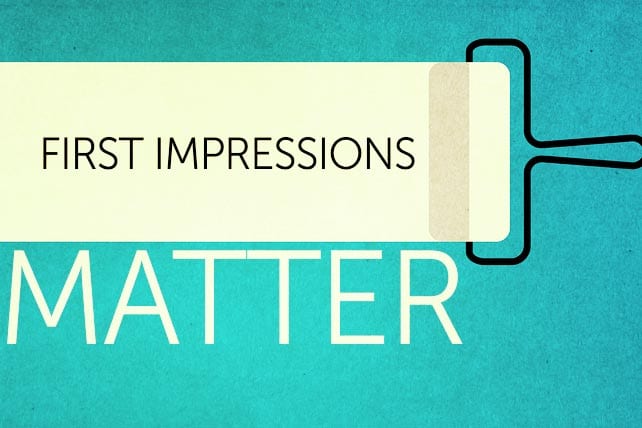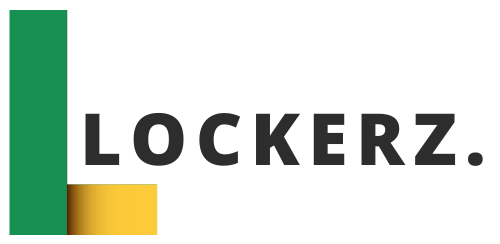Are you ready to unveil your creative genius and leave a lasting impression on potential clients or employers? Your graphic design portfolio is the ultimate showcase of your talent, a visual feast that can make or break your career. But fear not! In this blog post, we have gathered a treasure trove of expert tips and tricks to help you craft the perfect graphic design portfolio. So grab your digital paintbrushes and let’s dive into this artistic adventure together.
Explaining the Importance of Having a Strong Graphic Design Portfolio
As a graphic designer, your portfolio is an essential tool that showcases your skills and capabilities to potential clients or employers as explained by experts from Designs.ai. It serves as a visual representation of your unique style, design process, and creativity. A strong portfolio can make all the difference when it comes to landing your dream job or winning new clients.
In today’s competitive market, having a solid graphic design portfolio is crucial for success in the industry. With so many talented designers vying for the same opportunities, it’s essential to stand out from the crowd with a well-crafted portfolio that highlights your talents and sets you apart from others.
Here are some reasons why having a solid graphic design portfolio is vital:
First Impressions Matter

Your portfolio will often be the first point of contact between you and potential clients or employers. It should be visually appealing and leave a lasting impression on anyone who views it. A strong portfolio shows that you take pride in your work and have put effort into presenting it professionally.
Showcasing Your Skills
Your portfolio allows you to showcase your skills and expertise in various areas of graphic design, such as branding, web design, print media, illustration, etc. A diverse collection of projects displaying different techniques and styles will demonstrate versatility and competency as a designer.
Builds Trust & Confidence
A well-designed portfolio not only showcases your skills but also builds trust with potential clients or employers. When they see evidence of successful projects in your portfolio, it gives them confidence that you have the necessary skills and experience to meet their design needs.
Highlights Your Professionalism

A solid graphic design portfolio speaks volumes about your professionalism and dedication to your craft. It shows that you take your job seriously and are committed to producing high-quality work.
Sets You Apart from Competitors
Your portfolio is a reflection of your unique style and aesthetic as a designer. It sets you apart from other designers and helps you stand out in a sea of applicants or competitors. A strong portfolio can be the deciding factor in getting hired or chosen for a project over someone else.
Keeping it Professional: Dos and Don’t
When it comes to presenting your graphic design portfolio, maintaining a professional image is crucial. Your portfolio is the first impression potential employers or clients will have of your work and should reflect your skills and professionalism. To help you create a polished and impressive portfolio, we’ve put together a list of dos and don’ts for keeping it professional.
Dos:
- Use high-quality visuals: As a graphic designer, the visual elements of your portfolio are paramount. Make sure to use high-resolution images that showcase your designs in the best possible way.
- Organize your work strategically: How you arrange and present your projects can significantly impact how viewers perceive them. Organize them in a logical order, starting with your most substantial pieces and ending with good but less strong ones.
- Provide context: Every project has its own unique story, so make sure to include relevant information about each one in your portfolio. This could include client objectives, design process, challenges faced, and final results.
- Keep it concise: While you may have an abundance of unique projects to show off, avoid overwhelming viewers with too much content. Aim to have around 10-15 visually impactful pieces that demonstrate the breadth of your skills.
- Include variety: Showcasing diversity in style, mediums used, and industries working in can demonstrate adaptability and creativity as a designer.
- Highlight awards or recognition: If you’ve received any awards or recognition for your work, be sure to include them in your portfolio. This can help showcase your credibility and expertise as a designer.
- Use a clean and professional layout: When it comes to the design of your portfolio, less is often more. Use a clean and straightforward layout that highlights your work without distracting from it.
- Include your contact information: Make it easy for potential clients or employers to get in touch with you by including your contact information on each page of your portfolio.
Don’ts:
- Don’t include irrelevant work: It may be tempting to show off all of your design skills, but make sure only to include work that is relevant to the type of job or industry you are applying for.
- Avoid clutter: Too many images, fonts, colors, or elements can create a cluttered and unprofessional look. Stick to a consistent visual theme throughout your portfolio.
- Skip proofreading: Grammatical errors or typos can reflect poorly on attention to detail and professionalism, so make sure to proofread your portfolio before sharing it.
- Disclose confidential work: If you’ve worked on a project that is under a non-disclosure agreement (NDA), do not include it in your portfolio without written permission from the client.
- Rely solely on digital formats: While having a digital portfolio is essential in today’s market, having a physical portfolio can also make a strong impression. Consider having both options available, depending on the situation.
- Forget to update regularly: Make sure to regularly update your portfolio with your most recent and best work. This will keep it fresh and relevant to potential clients or employers.
By following these dos and don’ts, you are sure to create a professional and impressive graphic design portfolio that showcases your skills and expertise in the best way possible. Remember to tailor your portfolio to the specific job or industry you are applying for, and always present yourself and your work in the best possible light.
Conclusion

As a graphic designer, having a strong portfolio is essential to showcase your skills and stand out in a competitive job market. By following these tips and tricks from experts in the field, you can create a visually appealing and impressive portfolio that will catch the eye of potential employers or clients.
Remember to highlight your unique style, keep it organized and cohesive, and constantly update it with your latest work. With dedication and creativity, you can craft the perfect graphic design portfolio that will open doors for exciting opportunities in this dynamic industry.

